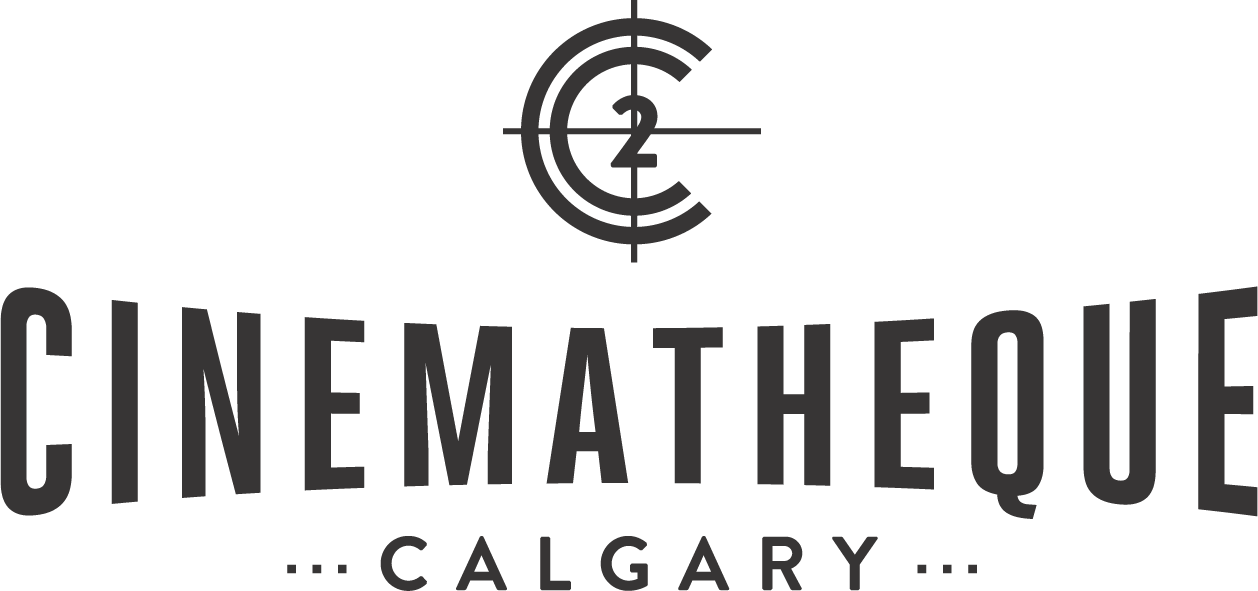The Return of Frank James (1940, Fritz Lang)
Fritz’s Lang’s 1940 three-strip Technicolor feature The Return of Frank James is in fact the sequel to Twentieth Century Fox’s Jesse James from the year previous. No knowledge of the earlier film is required for audiences seeking to appraise the merit’s of Lang’s formally rigorous and unabashedly progressive triumph (too long under-praised).
It’s a patchy bit of pop mythology: notorious outlaw Frank James (Henry Fonda) has chosen to lay low and make an honest go of things out on the wide open margins, until, having caught wind of the highly pernicious manner in which his brother Jesse was killed by the Ford brothers (John Carradine as Bob, Charles Tannen as Charlie), he sets out to implement a true justice intended to speak its own just truth. In order to save friend and ex-slave Pinky (Ernest Whitman) from an unjust legal railroading, Frank decides to himself face imprisonment, show trial, and doubtlessly hanging, taking an unambiguously moral stand. Encouraging Frank in his noble turn is Eleanor Stone (Gene Tierney), daughter of a Denver newspaper baron—a woman who desires foremost for herself a serious professional career, out on her own reconnaissance.
Known for his monocle and his temper and perhaps even for a tendency to take on certain airs, Fritz Lang can strike us at times as a fairly brutal Teutonic figure. There seems no end to the stories detailing unpleasant experiences various collaborators had working with the dictatorial legend. Henry Fonda himself had not especially enjoyed his first go-round back in 1937. Fritz Lang certainly knew all this about himself. You could even say he was happy to play it as his hand. Lang, from a 1967 interview:
“I still think that the struggle is the important thing in life, even more important than goals. Brutality is permissible—dramatically. People no longer believe in hell and brimstone, or even in retribution, but they fear physical pain; so brutality is a necessary ingredient in dramatic development and denouement…”
The brutal is not just a matter of the excitation of physical or emotional distress (though movies have indeed continued to do this too with some recurrence). For the noble creature or being to struggle is to do the work of organizing, in the real and direct political sense, against the supposedly inflexible system of controls.
The scholar Tom Gunning famously establishes a Destiny Machine operational in Lang’s films; the characters are so often sent reeling into states of extreme compromise or destroyed outright by social and metaphysical forces setting them on an immutable path to nothing good. More and more in Lang’s American films—and ultimately 1960’s The 1,000 Eyes of Dr. Mabuse— we bear witness to elaborate mousetraps very much like the ones in which poor suckers like ourselves live our circumscribed lives.
And yet, with all this duly accounted for, it is crucial to note that, no matter how sketchy the “legacy” story of how he came to leave Germany, the fervency of values in Lang’s films of the 1930s and 1940s seems to have more than a little to do with there having been no more ardent an anti-Nazi directing films for any of the majors. Henry Fonda, second gun in 1939’s Jesse James, is now well into his moment, having also just recently played the young lawyer Abraham Lincoln for John Ford. The lighting in The Return of Frank James maintains a kind of German Expressionistic high-contract shadowy pallor, but colours can pop especially potently on account of scrupulous fidelity to this aesthetic baseline, contrasts or correspondences used to create rhymes or perform little stabs. Henry Fonda carries with him an egalitarian sensibility closer to Ralph Waldo Emerson and Henry Thoreau than to General Patton. A coexistence of elements has it such that in The Return of Frank James a field of moral sense very specifically has its own colour palette: autumn and rust and iron, close to soil and the minerals contained therein.
-Written by Jason Wierzba
